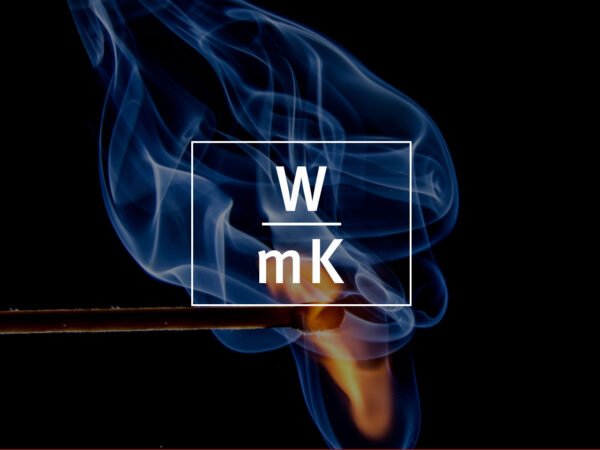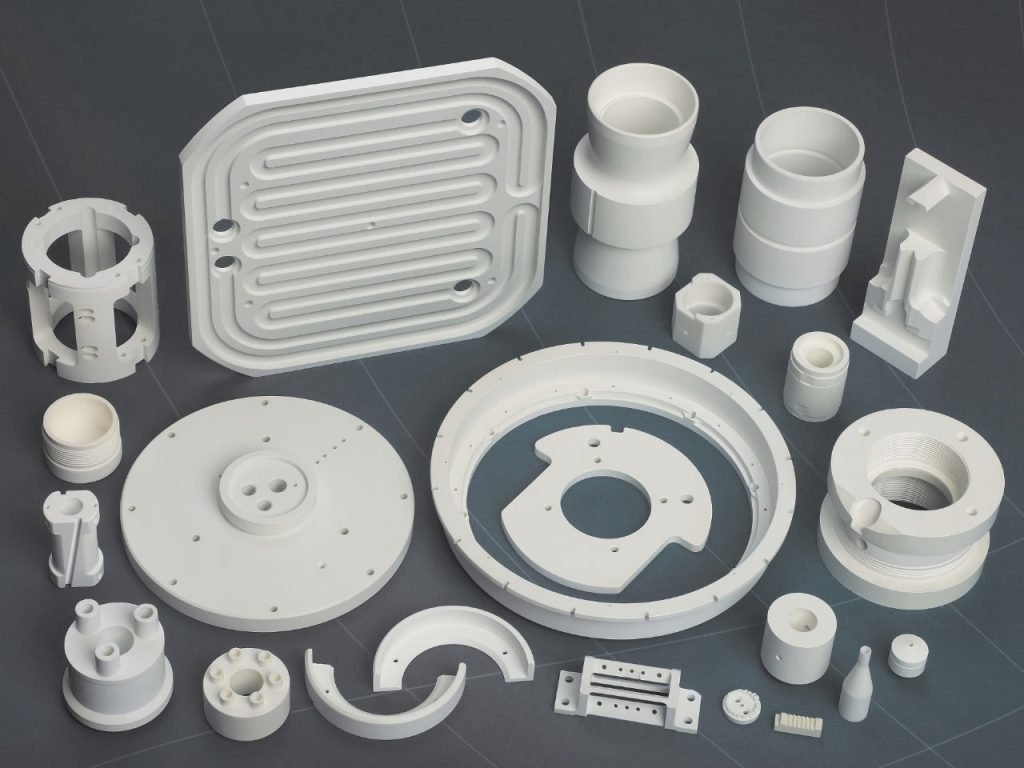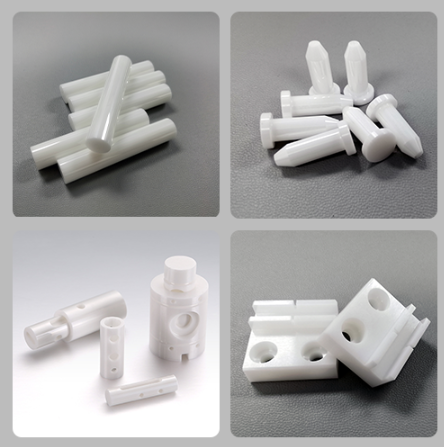Thermal Conductivity
Thermal Conductivity
Thermal conductivity measures how easily heat is transmitted through a material and in most instances this is used to transfer heat away from a hot area, for example the performance of an LED diminishes if it is not sufficiently cooled, but also needs electrical insulation, hence ceramics are used.
There is a growing specialist market for advanced ceramics use in applications with high thermal conductivity requirements. Oxide ceramics cost less and therefore the most common as the base material but the majority of materials are limited to 26-30 W/M/K, which when compared to the two most common high thermal conductivity metals, copper around 385 W/M/K and aluminum at 150-185 W/M/K – there is a large gap.

Materials by Thermal Conductivity
Aluminum Nitride (AlN) provides the highest thermal conductivity, but the level depends on the grade. Precision Ceramics PCAN 3000 is the highest with 230 W/M/K. The industry standard tends to be 170-180 W/M/K with lesser grades down to 150 W/M/K. Grades of Boron Nitride can offer thermal conductivity at around 120 W/M/K and Shapal Hi M soft at 93 W/M/K.
The management of Thermal conductivity depends on many factors, from operating temperature and applications, to how many different materials are involved with joints causing losses at interfaces, down to passive or active cooling

Aluminum Nitride (AlN) – CeramAlum™ PCAN3000
230 W/mK
PCAN3000 is one of our enhanced grades of Aluminum Nitride offering all the mechanical performance of PCAN1000 with the added benefit of 230 W/(m.K) thermal conductance.

Aluminum Nitride (AlN) – CeramAlum™ PCAN2000 / 4000
200 W/mK
PCAN2000 and PCAN 4000 are both enhanced grades of Aluminum Nitride offering all the mechanical performance of PCAN1000 with the added benefit of 200 W/(m.K) thermal conductance for both grades.

Zirconia (ZrO2) - CeramaZirc™ 3YZ
2 W/mK
A high purity material that offers high strength, wear resistance, and flexibility far beyond those of most other advanced ceramics.
Related Properties

Fracture Toughness
The ability to resist fracture is a mechanical property of materials known as fracture toughness. For advanced ceramics it uses a critical stress intensity factor known as KIC where the fracture normally occurs at the crack terminations.

Density
Density is the mass of a material per unit volume. The unit of measurement can be expressed in different ways and is referred us as g/cm3 but another measurement value is kg/m3.

Hardness
One of the most valuable characteristics of advanced ceramics in high-performance applications is their extreme hardness. Hard ceramic materials are used for a wide range of applications in diverse fields and applications such as cutting tools for milling and grinding.
